Even in ancient Rome, a capitation tax was introduced to replenish the treasury. This is nothing but the collection of an approximately equal tax from all citizens, regardless of their financial situation. The exception was only especially privileged sections of society. Peter I liked the idea, and in 1724 he introduced this form of budget replenishment in Russia. It is known that in the XVIII century it brought the state almost half of its annual income.
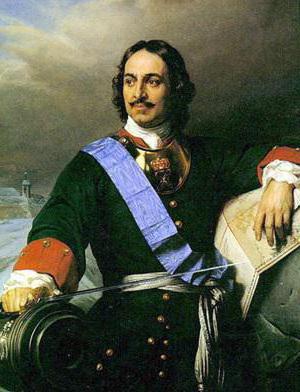
New form of taxation
Before the capitation tax was introduced, Russia replenished its budget with the so-called courtyard tax, in which the government determined the amount charged to a particular city or village, and local communities evenly distributed it to each yard. Peter I ordered that the tax be established not by the number of households, but by the number of inhabitants, and it was only for male citizens to pay it. The exception was made by representatives of economically privileged classes - nobles and clergy.
The introduction of the poll tax was caused by the prohibitively high costs of maintaining the army, so it was assumed that the total amount of fees should be equal to that part of the budget that goes to military needs. This amount is known, therefore, dividing it by the number of taxpayers, it was possible to easily determine the share of each.
Census of future taxpayers
In fact, it turned out that without such operations such operations are carried out anywhere, but not in Russia, with its vast expanses and villages lost among impassable forests and swamps. Only a man of iron will, such as the sovereign Peter the Great, could cope with such a task. In order to take into account the total taxable (obliged to pay tax) population in 1718, a general per capita census was carried out in Russia by his decree.
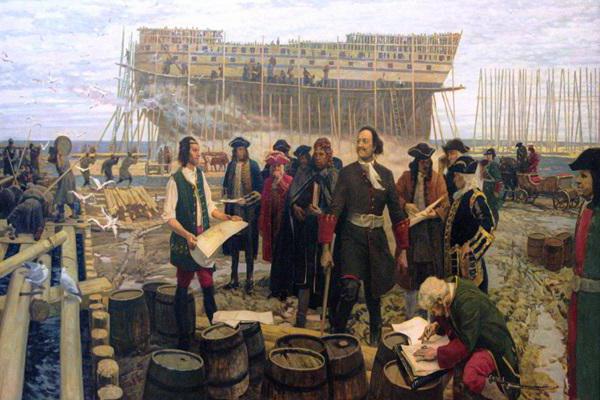
Tsarist auditors, sent to all parts of the country, were forced to overcome considerable difficulties associated not only with remoteness of places and natural conditions, but also with frequent cases of disobedience and direct rebellion. Of particular difficulty was the census in areas where there was a strong influence of schismatics who declared Tsar Peter the Antichrist, and all his deeds (and taxes, all the more) were devilish machinations.
Calculation of the size of the planned tax
One way or another, but the Orthodox souls were counted, and in the end it turned out that each of them accounted for eighty kopecks of annual collection. This applied only to men, women were not taxed according to the laws of that time, and even the very presence of their souls was often called into question.
Soon, however, circumstances arose, due to which the previously established airflow rate was reduced. This happened for the reason that after the census was over, information (and denunciations, of course) about villages that were not included in the audit report, whose inhabitants were also taxpayers, came to the capital for a long time. A recalculation was made, showing that the amount necessary for the army can be collected by annually taking from peasant souls only seventy-four kopecks, and then this amount was reduced to seventy.
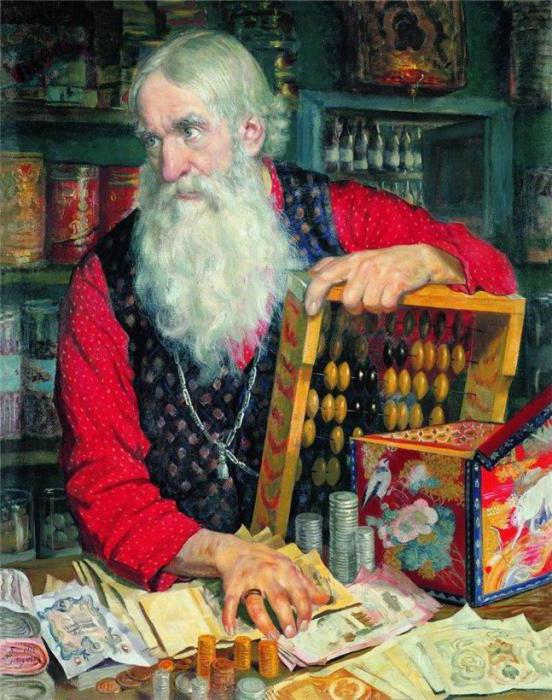
Features of the tax in relation to different population groups
The decree on the poll tax provided for a certain distinction in the taxation of state peasants and those that were the property of the landowners. The fact is that the latter, in addition to the state tax, were also obliged to pay the rent to their owners. Thus, they fell under double taxation, which put them in a worse position compared to the peasants who belonged to the state.In order not to offend anyone and to put everyone on an equal footing, it was decided to add forty kopecks of levy tax to each official darling.
Do not forget to mention the schismatics - they were subject to double sum for obstinacy. Posad’s people, that is, residents of cities, were obliged to contribute one hundred and twenty rubles a year to the treasury. This amount also included the quitrent fee, which they paid on a par with the state peasants. It is known that the introduction of a capitation tax of this size brought the treasury about four million rubles a year, which basically covered the cost of the army.
Country Population Control
It is worth noting that the role of statistics reflecting the total population in the country has increased dramatically since the establishment of the capitation tax. This happened because each revision soul now acquired the meaning of a folding unit.
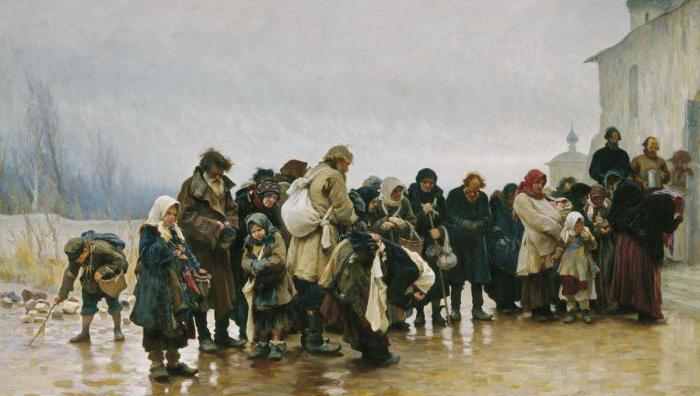
Inspections were carried out regularly, and on the basis of their results tax amounts were adjusted, and if the peasant was dying, then the landowner had to pay for his dead soul before the next audit. Well, how can one not recall Pavel Ivanovich Chichikov, who cleverly took advantage of this gap in the law?
Increase in tax size
Over time, the appetite of the treasury grew. It has become a practice to use the funds received from the poll tax not only for military needs, but also to plug all the budget holes with them. In addition, the ruble exchange rate has changed. This led to an increase in the amount charged to the population. In 1794, taxes, previously measured at seventy kopecks per year, rose to the ruble.
Tax reduction in Russia is a rare phenomenon, most often they change in the direction of growth. The poll tax was not an exception, which increased in size from year to year. In 1796, it reached one ruble of twenty-six kopecks, and in 1867 in some parts of the country its size exceeded two and a half rubles.
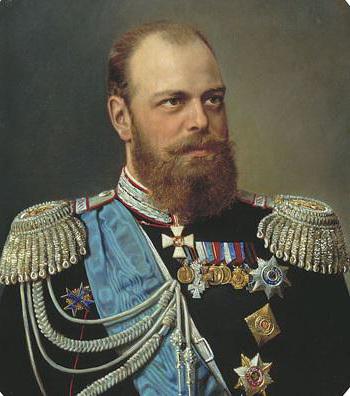
First Steps to Economic Reform
The reform of the national financial system, which resulted in the abolition of the poll tax, began during the reign of Empress Catherine II. During its reign, a completely new type of economy was emerging in the country, requiring certain transformations. The first such step was a change in tax policy in relation to the bourgeoisie that was multiplying at that time.
In 1775, a new tax form was introduced for them, providing for an annual deduction in favor of the treasury of a certain percentage of the declared capital. Nearly ninety years later, her great-grandson Alexander II added to this abolition of the poll tax from the philistines and artisans.
The end of the era of poll tax
By the end of the 19th century, it became quite obvious that the poll tax was an outdated form of taxation. Its main drawback was the principle of equalization, according to which equal amounts were levied on everyone, without taking into account the economic situation of citizens. This approach was not beneficial to anyone. The state was losing significant funds due to the fact that it could charge large sums of money from representatives of the rapidly developing capitalist sector in those years, and for some of the poor peasants such a fee was too much.

As a result, something happened that always happens when the law conflicts with life - they try not to execute it. If in previous times tax evasion was of the nature of an undesirable but rare occurrence, now it has taken on an all-Russian scale. Annual arrears reached 15% and were constantly growing. In addition, there were massive cases of demonstrative refusal of payments, which threatened to end in a social explosion. The result of this was the abolition of the poll tax made by Alexander III in 1887 on the territory of European Russia, and in 1899 by his son Nicholas II in Siberia.